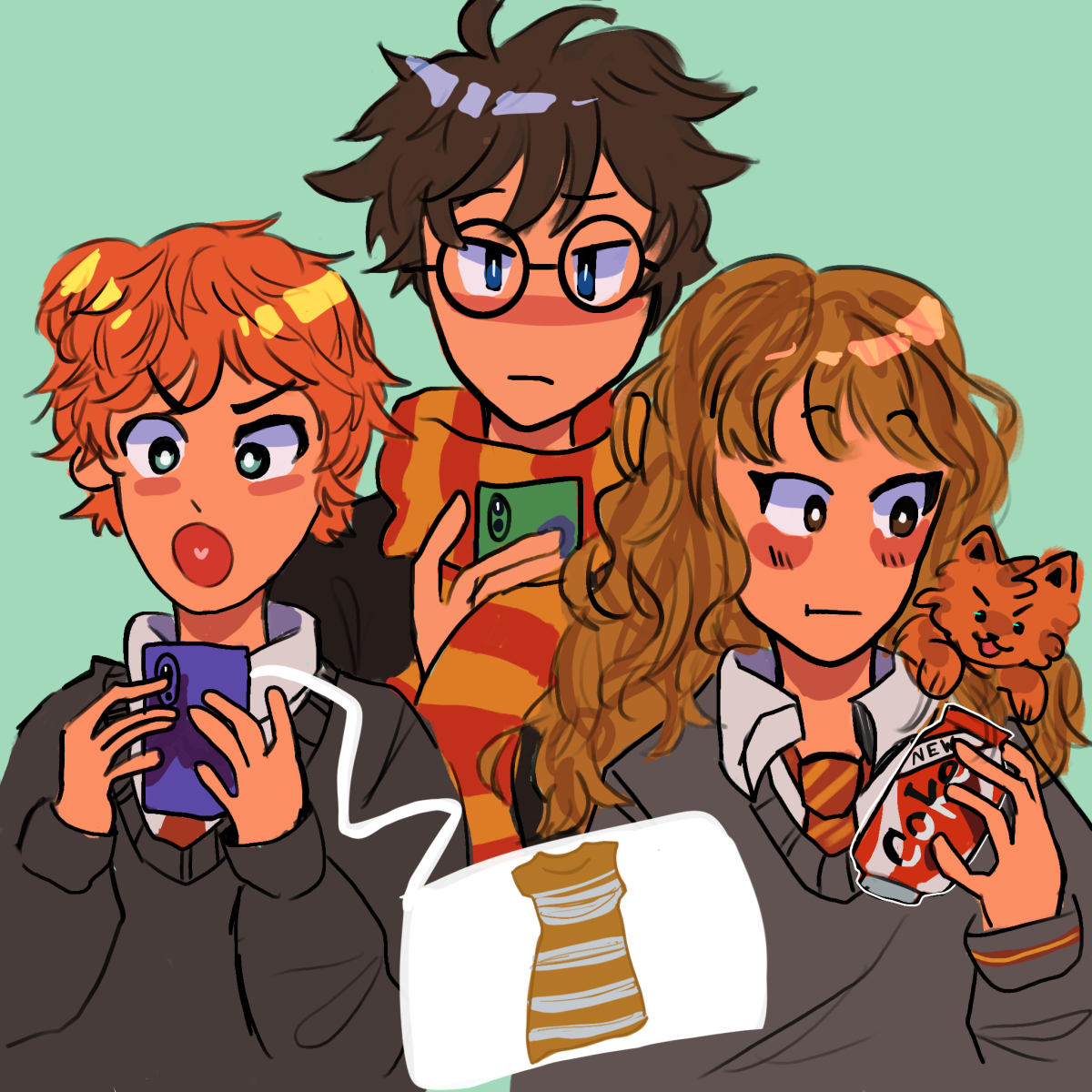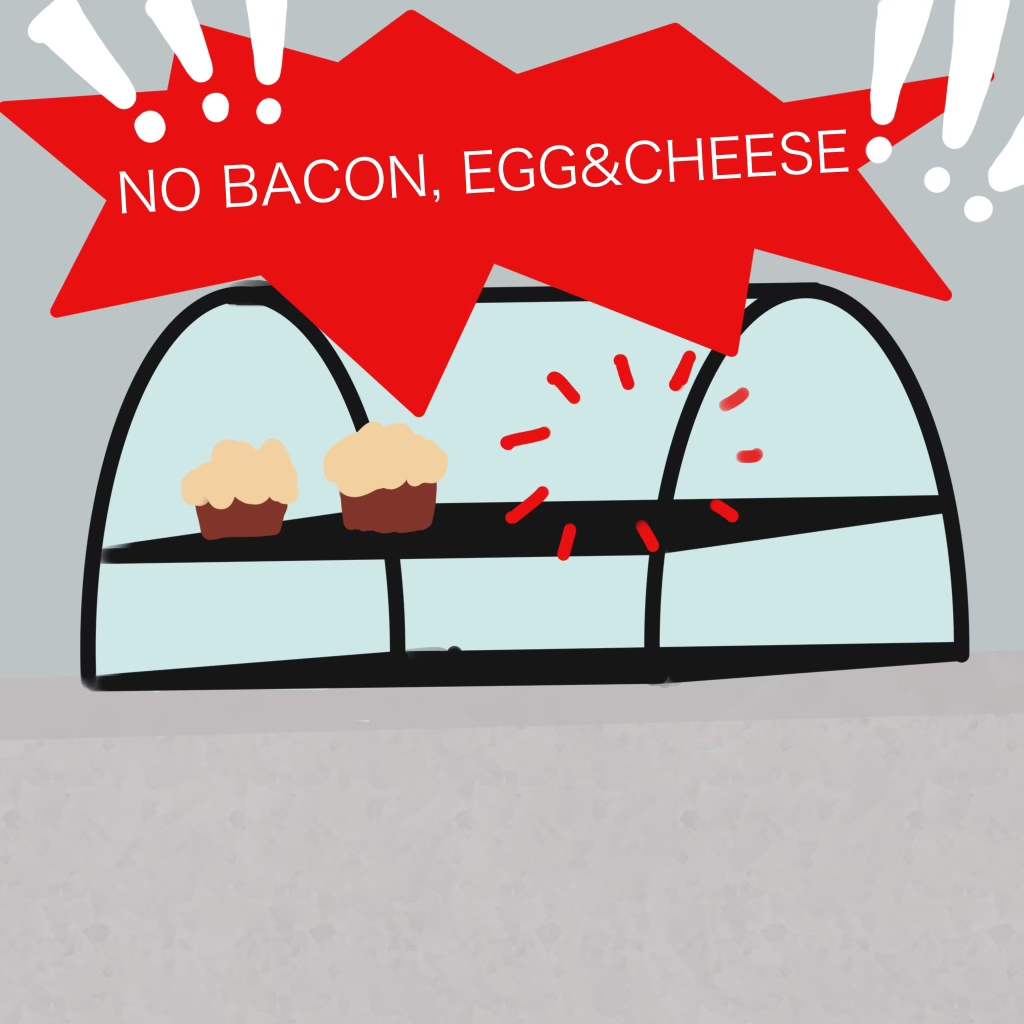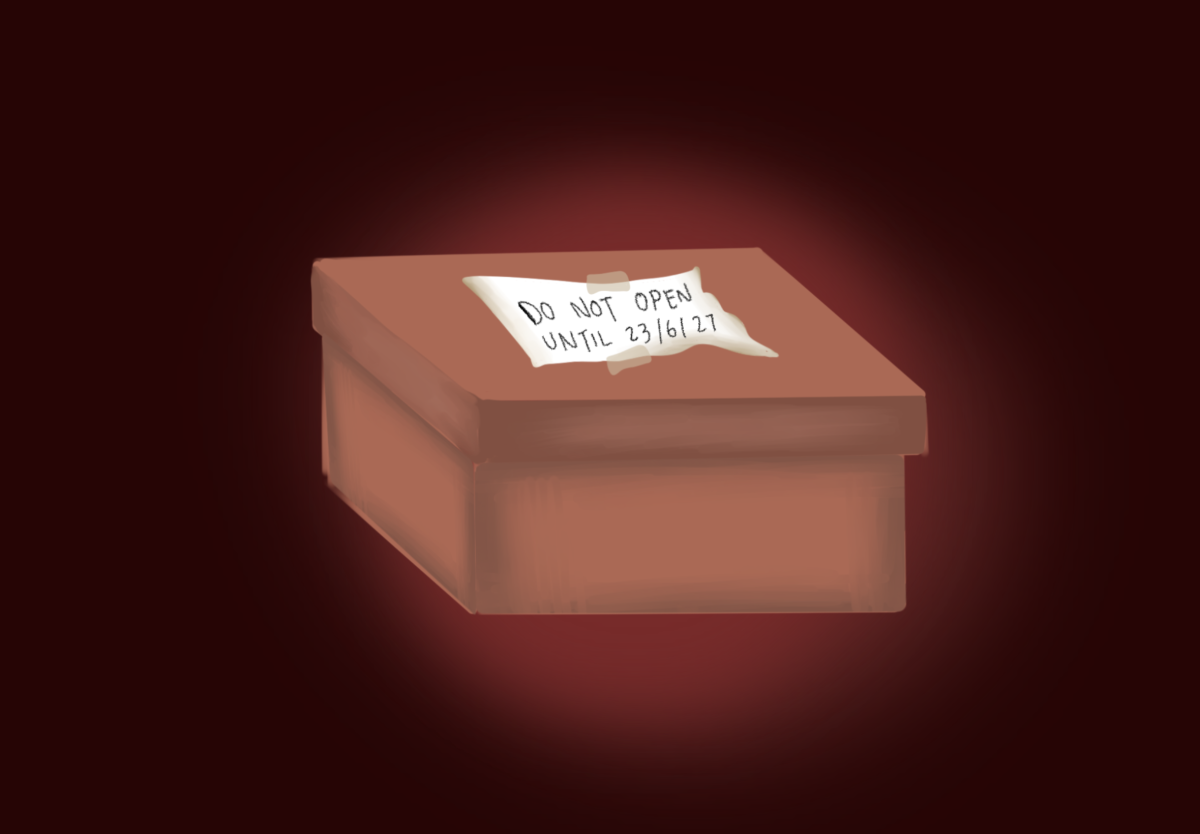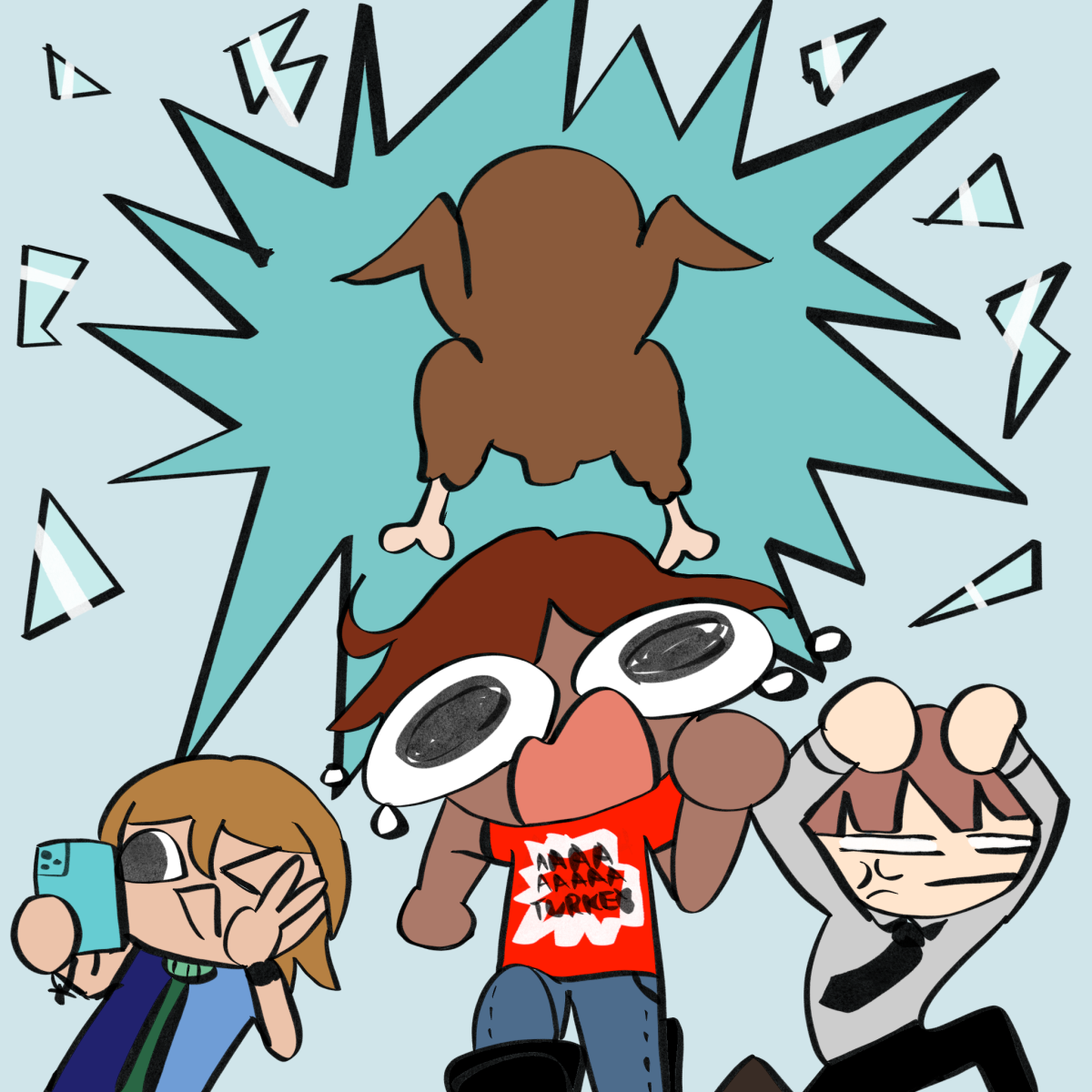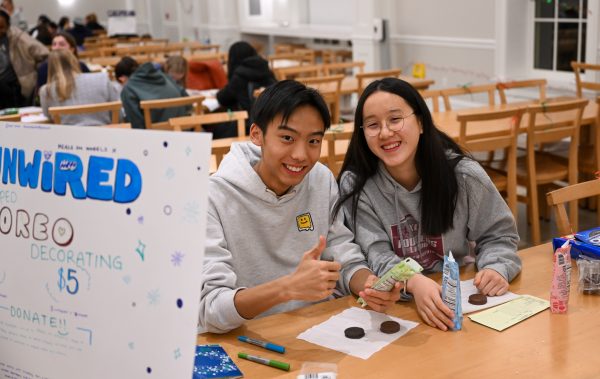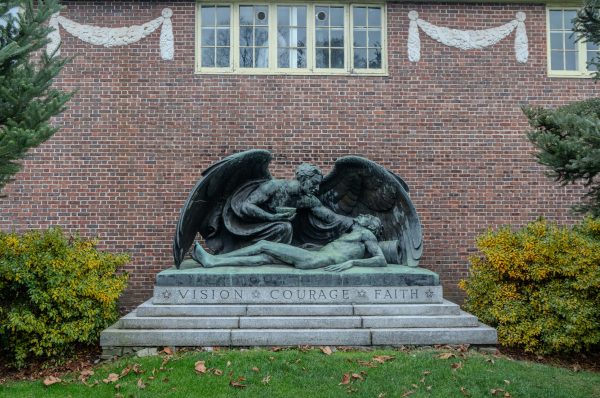How Loomis Chaffee is Handling the COVID-19 Pandemic
April 27, 2020
On March 11, the Loomis Chaffee community received an email from Head of School Dr. Sheila Culbert regarding a delayed start to Spring Term due to the escalating Covid-19 pandemic in the United States. However, this two-week delay quickly turned into an entire spring term of off-campus virtual learning as the global crisis worsened.
“We started by saying we were going to delay our return to campus by two weeks and we would start our first two weeks online. Almost overnight, we realized that wasn’t going to be enough and we were going to have to do this for the whole term,” Dr. Culbert said.
Thus, on March 16, Dr. Culbert sent a follow up letter announcing that “[Loomis] ha[s] decided to move to distance learning for the entire spring term.”
In making the decision to transition to online remote learning, Dr. Culbert consulted with the Board of Trustees and other administrators to determine what the right path was for the school. Additionally, Loomis committed themselves to following guidelines put in place by organizations focused on the pandemic.
“I talk to the chairman of the board once or twice a week right now…I think we made the decision at the right time. I don’t have any regrets about that. We had early on said that we would follow the guidelines of the CDC, the WHO, and our state government, and all three of them that week came out and said you can’t have more than 50 people in a room. At that point, it’s very difficult for us to run a school,” Dr. Culbert said.
In addressing the steps taken to prepare for virtual learning, Dr. Culbert pointed to the inter-connectedness of different departments on campus.
In particular, the Kravis Center for Excellence in Teaching assisted faculty in developing and enhancing their coursework to ensure that teachers stayed up to date on the different methodology and information utilized for synchronous and asynchronous learning.
In addition to departmental support, Loomis has also made scheduling changes to ensure that faculty are able to make changes to their coursework throughout the term. Specifically, this means that Loomis has moved up its professional development days, which are typically held at the end of the year.
“This year, we are going to have two professional development days right in the middle of the term. Our faculty, led by the Dean of Faculty, the Associate Head, and the Kravis Center, will really be spending time on distance learning and getting the best from that. I think you’ll see some changes from that,” Dr. Culbert said.
Additionally, Loomis has reached out to families to determine how courses have been going since we have transitioned to virtual learning. The school sent out a survey to parents and students in an attempt to garner feedback about what works and what doesn’t work. The survey will then be used to make changes.
“Response from the survey was wonderful. The results will be shared with much more granular detail with the faculty and they will then be talking to one another, sharing ideas, and putting that into place for next term. I believe our faculty have done a wonderful job, but there is more to be done,” Dr. Culbert said.
Dr. Culbert emphasized that the administration’s role in this situation is to guide faculty, rather than impose regulations on their teaching styles. She explained that some amount of classes should be asynchronous\; however, the exact number depends on the subject and the teacher.
“We are doing a lot of talking, sharing of best ideas, a lot of sharing of best practice. We believe very strongly that some synchronicity is important for our students. It’s important for us to see one another and for our faculty to see their students.”
Dr. Culbert made it clear that her most serious concern is ensuring that students will still have opportunities to connect as a community in non-classroom settings.
“Ultimately, I feel very comfortable that we can have a successful academic program. What I am much more concerned about is the culture and the community. we have to find a way to build community. That’s a place where student leadership is going to be very important,” Dr. Culbert said.
Dr. Culbert emphasized that it is of the utmost importance to recognize the gravity of the situation and understand that these are trying times for the institution, families, and individuals.
“We have to acknowledge that this is difficult…This is an unprecedented moment, at least in recent history. I tell faculty all the time, this is like the pandemic of 1918 and the stock market crash of 1929 together, and in the pandemic of 1918 we didn’t close the school. I don’t know when we’ve ever been in a situation where we’ve had to send students home for a term…And so, there’s a loss there…I don’t think it’s necessarily healthy to pretend that nothing has happened, to try to carry on as normal,” Dr. Culbert said.
On top of Loomis’s current reaction to the pandemic and their attempts to continue providing students with a stellar education, the administration is also being proactive in preparing for next year and the unknowns surrounding fall term.
“We are very concerned about next year. We don’t wanna rush to judgement. We will be planning to open in the fall, but we will also be planning to not open in the fall. We hope it’s the former, but we know it could be the latter,” Dr. Culbert said.
Dr. Culbert recognized that Loomis is financially healthy and prepared for whatever challenges that potentially lay ahead of us. Due to strong re-enrollment and a successful admissions cycle, the school is prepared for healthy operations next year despite the tumultuous economic climate.
“Superficially, everything looks fantastic,” she said. “However, as this unfolds into the summer and potentially into the fall, I don’t know what impact that is going to have on the school. And so we are staying flexible and thinking through the different options. I will say, we are going into this with a real position of strength and that’s good. We have a good endowment, we have a very supportive alumni and parent body, and so I know that we can get through this. It may mean that we have to make some decisions and we will have to adjust around the edges. Fortunately, we have some time until we get there, so let’s see how it plays out.”

